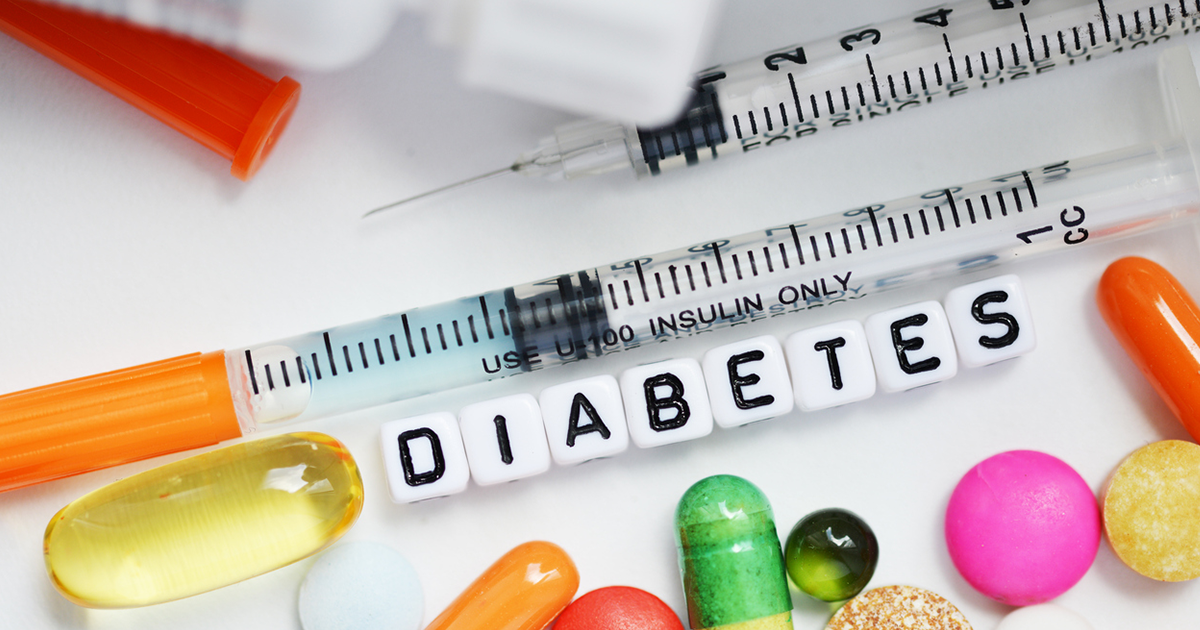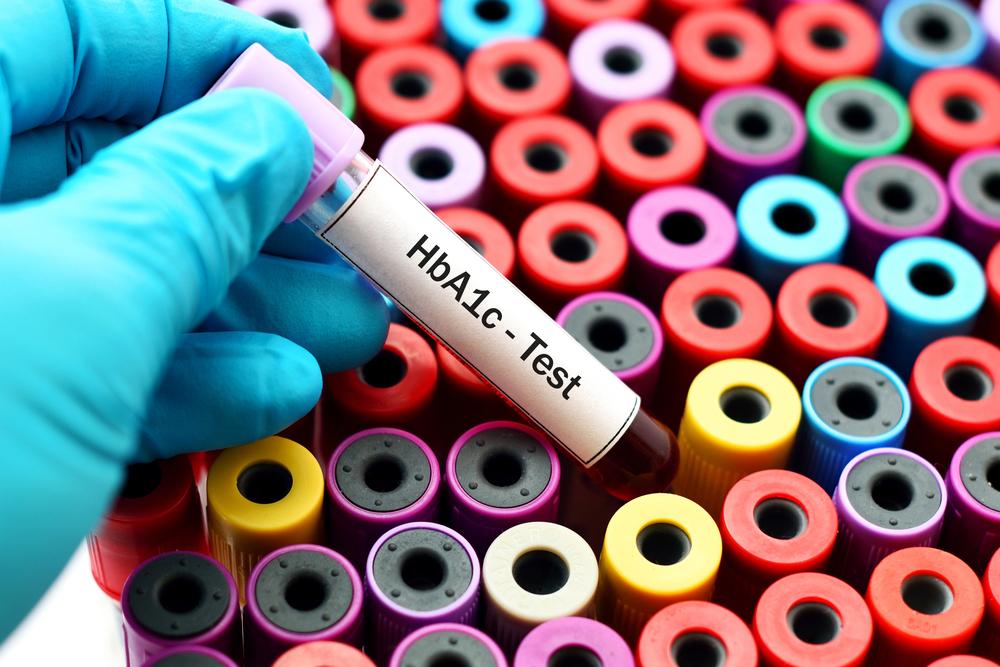All You Need to Know About HbA1c Test Used for Diagnosis of Diabetes
Diabetes is a type of medical condition in which the blood glucose, also referred to as the blood sugar, becomes too high. Blood glucose is basically the key source of energy for people that comes from the food they eat. A pancreatic hormone known as insulin additionally helps glucose from food to get into the cells of the body so that it can be used for energy.

Types of diabetes
- Type 1 diabetes: This is considered to be an autoimmune condition, and basically takes place when the immune system of the body attacks and destroys the insulin producing beta cells present in the pancreas by mistake.
- Type 2 diabetes: This condition starts with insulin resistance, which basically means the body of a person becomes unable to use insulin efficiently. This factor stimulates the pancreas to produce more insulin until it becomes unable to adequately meet the demand. As this insulin production decreases, the blood sugar level of a person increases.
- Gestational diabetes: This medical condition typically takes place due to the insulin-blocking hormones that are produced during pregnancy. Gestational diabetes only happens during the time of pregnancy.
Tests used for diagnosing diabetes
HbA1c test, also referred to as the glycated hemoglobin or hemoglobin A1c test, is quite a crucial blood test that provides doctors with a good indication of how well their diabetes is being controlled. Along with the fasting plasma glucose test, this blood test is among the two prime ways with the help of which type 2 diabetes is diagnosed. While the hemoglobin A1c test is not the primary test used for diagnosing type 1 diabetes, it is at times used for doing so while being used together with other tests.
HbA1c (glycated hemoglobin, hemoglobin A1c) usually occurs when an oxygen-carrying protein known as hemoglobin in the red blood cells becomes bonded with glucose in the bloodstream. This bonding of glucose is known as glycation.
HbA1c testing in diagnosing diabetes

According to the suggestions of the World Health Organisation (WHO) the diagnostic guidelines for diabetes include:
- Non-diabetic: HbA1c is below 42 mmol/mol (6.0%)
- Prediabetes or impaired glucose regulation (IGR): HbA1c would be between 42 and 47 mmol/mol (6.0–6.4%)
- Type 2 diabetes: HbA1c of 48 mmol/mol (6.5%) or more than that
In case the HbA1c blood test of a person gives a reading of 6.0–6.4%, it might be an indication of pre-diabetes. The doctor typically suggests the patient certain lifestyle changes that reduce their risk of developing type 2 diabetes in such a scenario.
How is HBA1C tested?
For the purpose of measuring the HbA1c level of a person, a blood sample is taken from the arm of the patient which is used to produce a reading. In certain scenarios such as with HbA1c testing for children, only a single drop of blood is used in order to check how much hemoglobin A1c is present there. People prescribed with this test can contact any renowned diagnostic service provider in order to get a better insight on HbA1c test cost and procedure.
